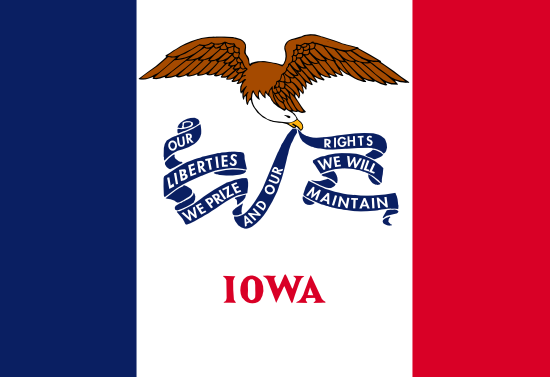
Des Moines
- County:
- Polk County
- County Seat:
- Yes
- Area (mi²):
- 88.162
- State:
- Iowa
Des Moines is a city located in Polk County, Iowa. Des Moines has a 2025 population of 213,096 . It is also the county seat of Polk County . Des Moines is currently growing at a rate of 0.95% annually but its population has decreased by -0.31% since the most recent census, which recorded a population of 213,769 in 2020.
The median household income in Des Moines is $63,966 with a poverty rate of 14.88%. The median age in Des Moines is 34.6 years: 34.4 years for males, and 34.9 years for females. For every 100 females there are 97.9 males.